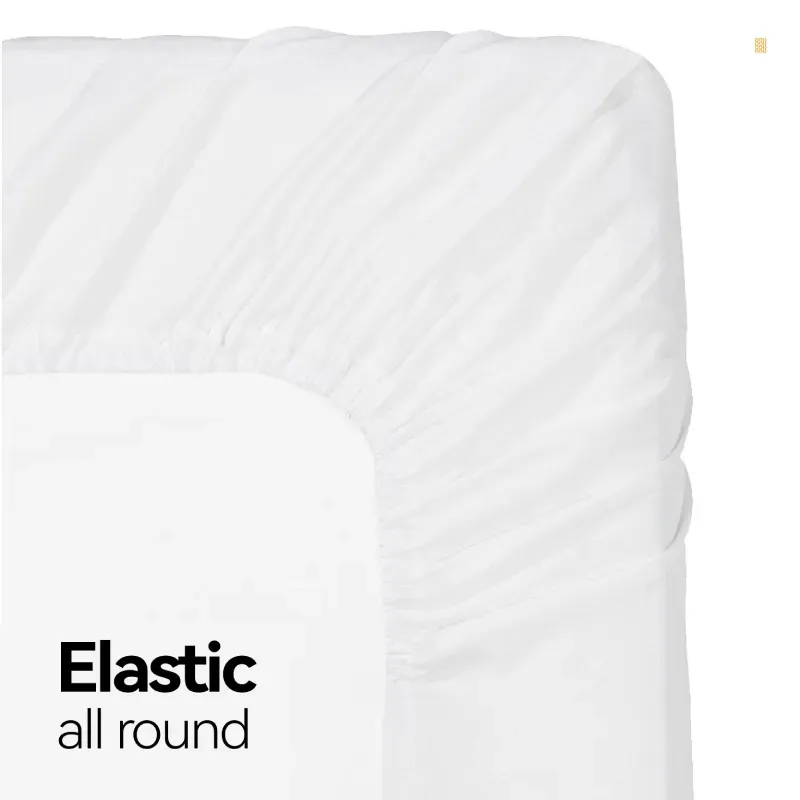Silk sheets are known for their luxurious feel and smooth texture. Silk sheets are naturally hypoallergenic and can help regulate body temperature, making them a great choice for those with sensitive skin or allergies. When choosing silk sheets, look for ones with a higher millimeter weight, which indicates the quality and durability of the silk. Mummy weights of 19 or higher are considered ideal for silk sheets.
...
2025-08-15 08:25
1563
